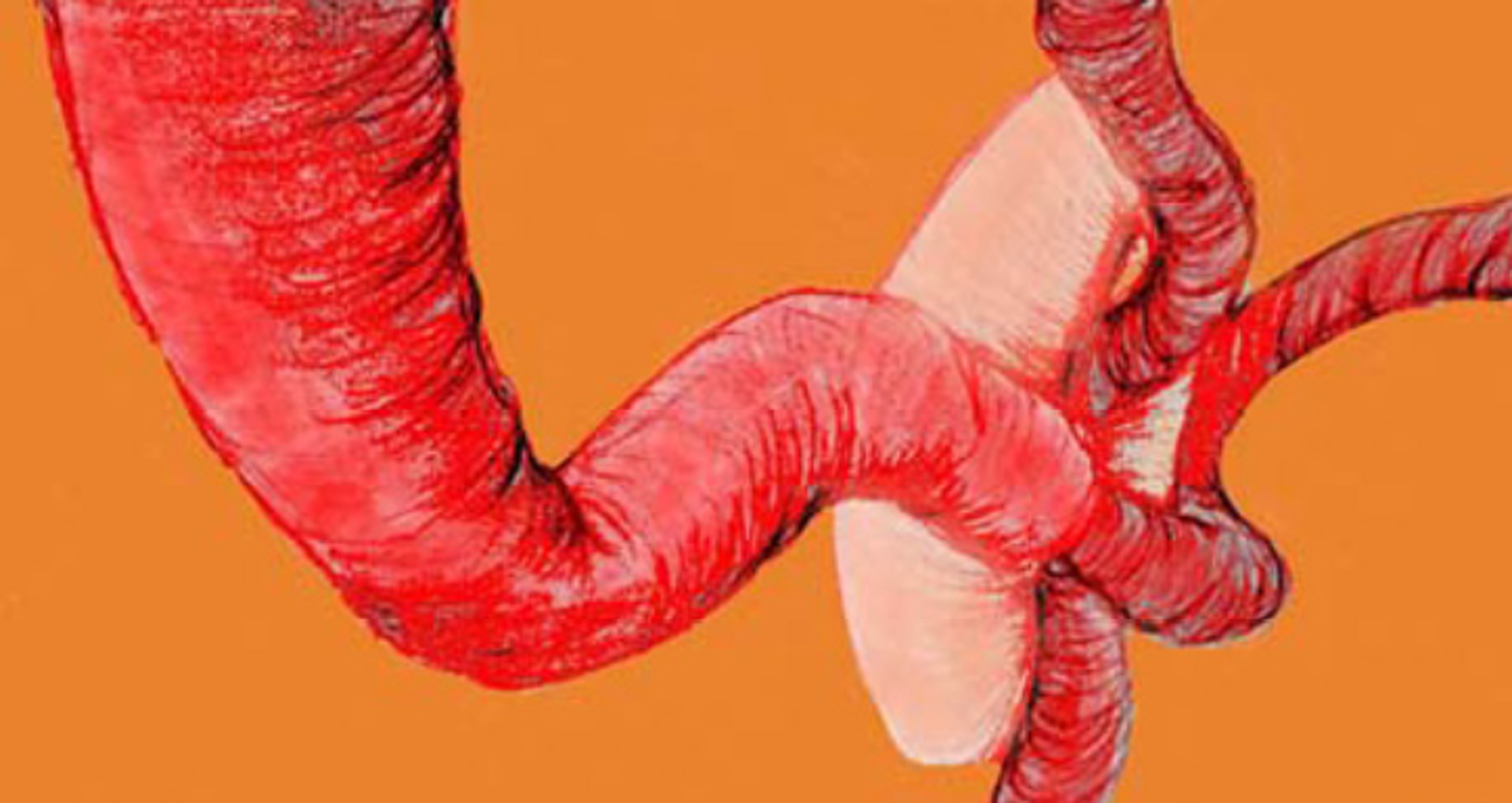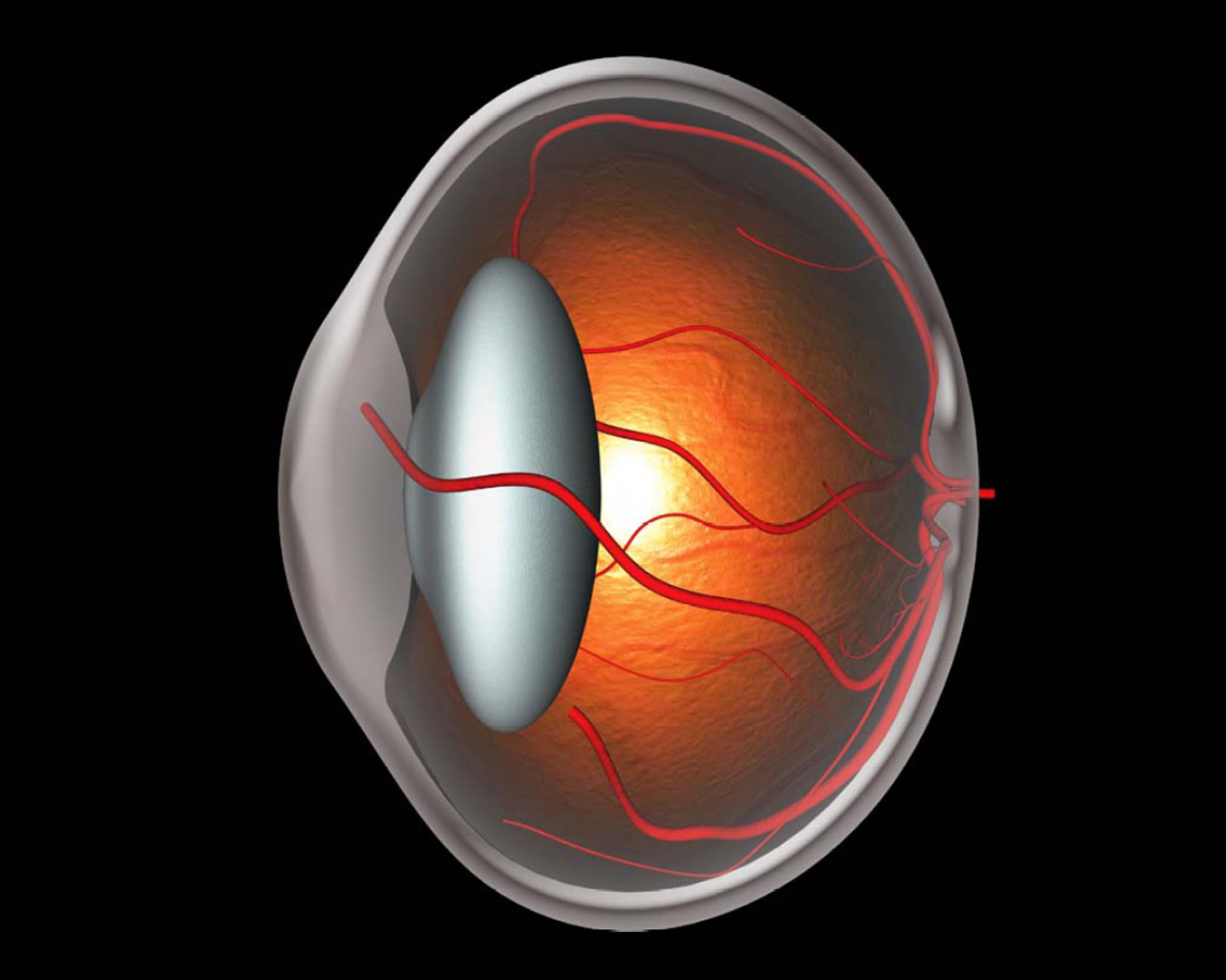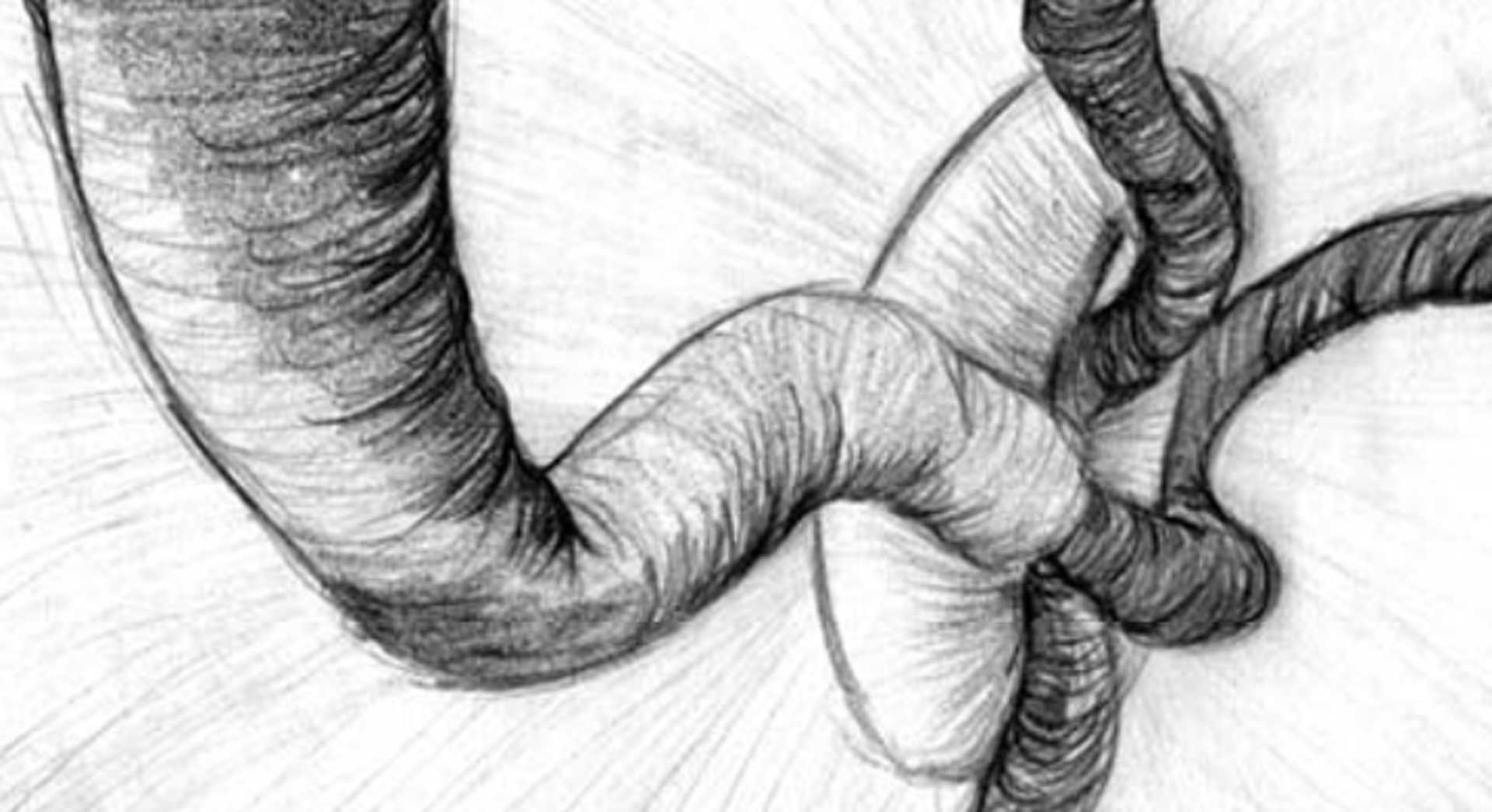“3D computer graphics and diabetes disease understanding” by Fyfe
Conference:
Type(s):
Title:
- 3D computer graphics and diabetes disease understanding
Presenter(s)/Author(s):
Abstract:
It has become increasingly apparent that the quality of communication between physician and patient has risen in importance and effective communication can result in improved patient health outcomes [Stewart 1995; Greenfield et al. 1985]. Collaboration between the School of Media Arts and Imaging, University of Dundee and Ninewells Medical School and Hospital, Dundee has identified that 3D visualisation methods and techniques can allow patients a greater understanding of disease process and associated health implications. In the area of Diabetes, there is a lack of alternatives to basic, written leaflets and the demand for more engaging forms of information communication that address issues of readability, accessibility and consideration of patient needs, [Boulos 2005; Coulter 1998; Estey et al. 1991] is high.
References:
1. Boulos, M. N. K. 2005. British Internet-Derived Patient Information on Diabetes Mellitus: is it Readable? Diabetes Technology and Therapeutics 7, 528–535.
2. Coulter, A. 1998. Information in Practice: Evaluation of Readability and Accuracy of Information Leaflets in General Practice for Patients with Asthma, British Medical Journal 317, 264–265.
3. Estey, A., Musseau, A., and Keehn, L. 1991. Comprehension Levels of Patients Reading Health Information, Patient Education and Counselling 18, 165–169.
4. Greenfield, S., Kaplan, S., and Ware, J. E. J. 1985. Expanding Patient Involvement in Care: Effects on Patient Outcomes, Annals of Internal Medicine 102, 520–528.
5. McArthur, V. E., DiLorenzo, C. L., Jessup, M., Lynch, P., Herbert, C., and Hurd, J. 1997. Medical visualization-why we use CG and does it REALLY make a difference in creating meaningful images (panel). In Proceedings of the 24th Annual Conference on Computer Graphics and interactive Techniques International Conference on Computer Graphics and Interactive Techniques. ACM Press/Addison-Wesley Publishing Co., New York, NY, 459–461.
6. Stewart, M. 1995. Effective Physician-Patient Communication and Health Outcomes: A Review, Canadian Medical Association Journal 152, 1423–1433.
Additional Images:






